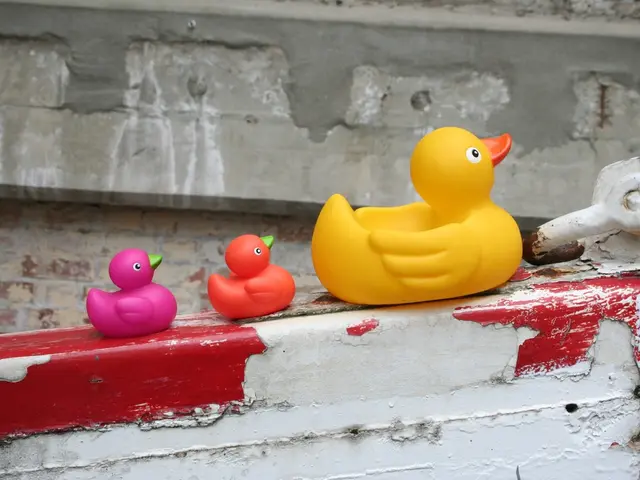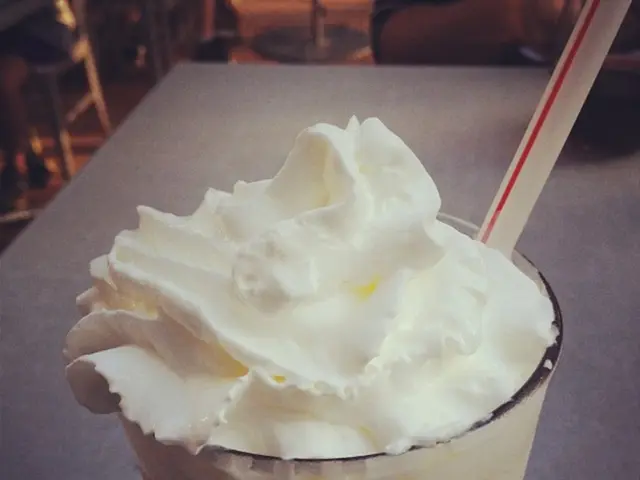Procedures for Properly Shutting Down Irrigation Facilities During Winter Season
Title: Winterize Your Irrigation System Like a Pro: A Step-by-Step Guide
September 14, 2023
With winter on the horizon, it's essential to prepare your automatic irrigation system for the dropping temperatures. Here's your guide to properly winterize your system, keeping it in top shape for the next growing season.
Winterize Your Irrigation System
The key to winterizing your irrigation system is drainage. By ensuring all water is removed from your pipes, valves, and sprinkler heads, you can prevent potential issues during the winter months.
Follow these steps:
- Locate and Shut the Main Valve: Find the main shut-off valve and close it to halt water flow into the system.
- Relieve System Pressure: Run a zone for 2 minutes to let out any pressure built up in the pipes.
- Empty the Pipes: Open drain valves to remove the remaining water from the main lines and lateral pipes. If your system lacks automatic drain valves, you might need to use compressed air for a blow-out method.
- Drain Valves and Sprinkler Heads: Use manual drain techniques or automatic options, if available, for valves and sprinkler heads. For heads, lift them slightly or use a wrench to loosen them if they're designed to drain when lifted.
- Insulate Above-Ground Components: Protect exposed pipes, valves, and backflow preventers with insulation to shield them from extreme cold.
- Turn Off the Controller: Disable the irrigation controller to prevent unintentional activation during winter.
- Check for Leaks and Damage: Inspect the system for any signs of leaks or damage before the winter season.
- Professional Help: If needed, consult a professional to ensure your system is winterized correctly.
A Few Extra Tips
- Stay away from heat sources like space heaters or open flames when dealing with frozen pipes, as they can cause more harm.
- Program your smart irrigation system to reflect the winter season and avoid activating during freezing temperatures.
By following these steps, you'll have a winterized irrigation system ready to tackle the spring growing season!
To ensure your irrigation system continues to perform optimally during the winter, prioritize draining all water from pipes, valves, and sprinkler heads. By doing so, you'll prevent potential damage and be prepared for the next home-and-garden season, much like maintaining a centralized drainage system improves one's lifestyle by reducing home-and-garden issues during winter.




